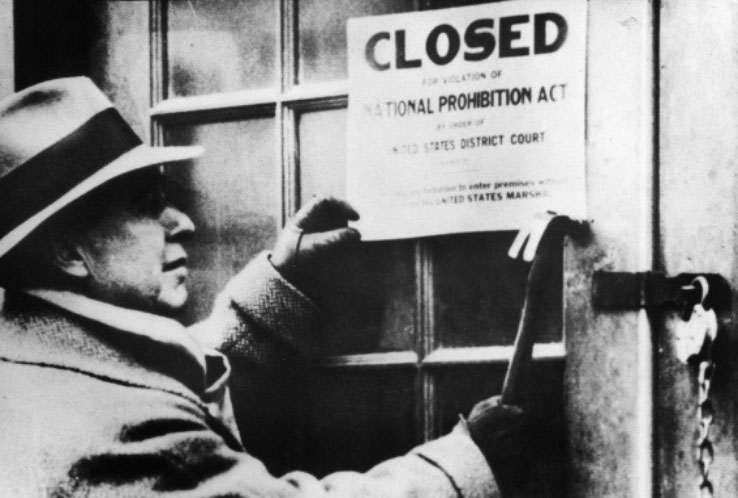TRAVEL BACK IN TIME…
Located on the site of the convergence of a Seneca Indian settlement and an Iroquois trade route (eventually becoming Butler St.); Etna has a storied past that weaves through historical events and iconic people that helped shape American history. In 1747 George Croghan established one of the first trading posts west of the Allegheny Mountains in Etna. It was a flourishing area that was ruled over by Seneca chief Guyasuta.
During its time as a trading post Etna was an integral piece of land that created friction between the settlers from England and the Seneca Indians. George Washington (yes, THAT George Washington) had multiple encounters with chief Guyasuta, one resulting in his almost losing his life fleeing a Seneca attack. Over time, knowing the importance of the area and the relationship between the settlers and the Indians, Washington and Guyasuta became friendly. During the French and Indian war, Guyasuta warned Washington that the French were fortifying Fort Duquesne to cement their position in Pittsburgh. Washington and the English quickly marched on the Fort and forced its surrender which became a major turning point in the war.
After the French and Indian war, the English and Seneca Indians came to an agreement to share the land around Etna. An agreement Guyasuta fiercely adhered to, so much so that he fought alongside the British in the Revolutionary war.

Etna was officially established in 1869. It was an economic hub for the area north of Pittsburgh. Lead by the Spang Chalfant company, industrial production was so dense that there was a constant glow emanating from the mills and facilities in Etna that could be seen for miles. The name Etna originated from that glow as it reminded settlers of the glow that emanated from the volcano Mt Etna outside of Naples, Italy. By the year 1919 Etna had 163 businesses in its borough (most supplying the Spang Chalfant industrial company). Etna was an integral part of the Pittsburgh steel industry. Etna continued to grow through the 1920’s and the prohibition era. During prohibition, Etna had at least 4 operating speakeasies. One of which is thought to have operated out of the current site of Bitter End. As when prohibition was lifted in 1933 the first bar that was opened in Etna was in the building that now houses Bitter End.

KEEP IN TOUCH
Be the first to know about our upcoming events, exclusive specials, and more.



